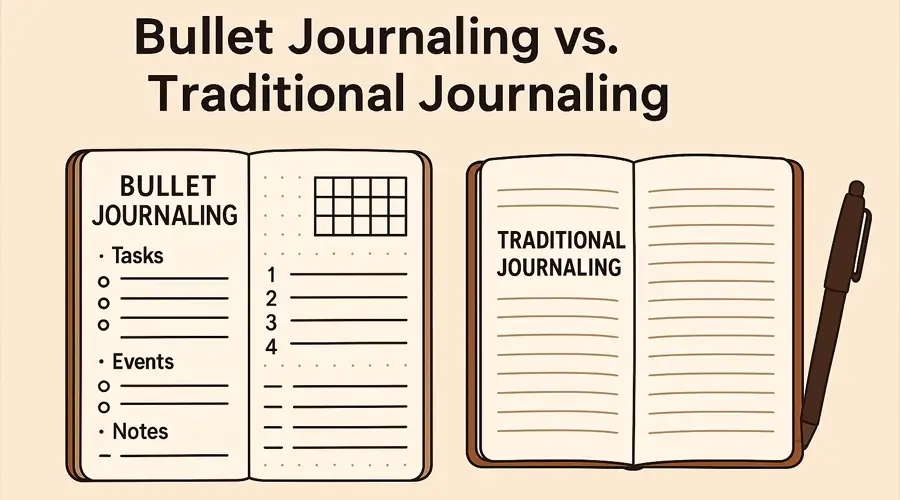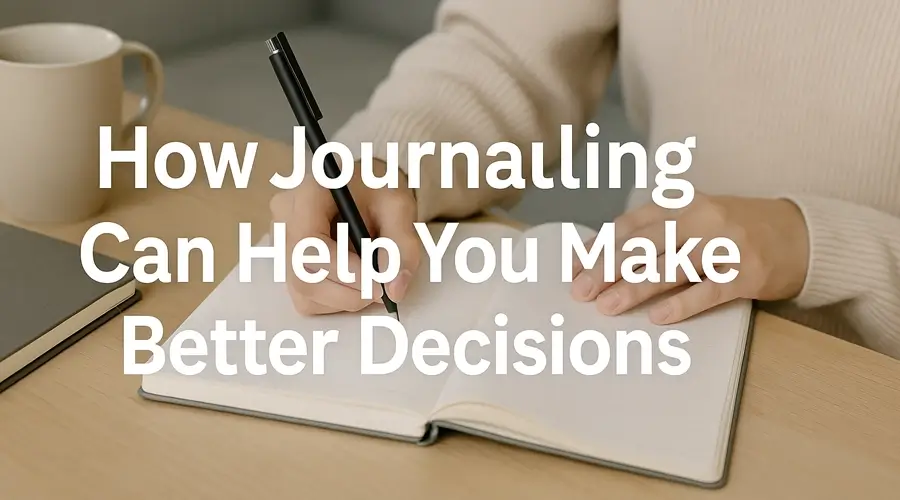In a world constantly buzzing with information and endless to-do lists, finding a moment to slow down and reconnect with yourself has never been more important. That’s where journaling steps in—not as a chore, but as a deeply personal tool for growth, clarity, and self-discovery. Whether you’re drawn to the structured elegance of bullet journaling or the free-flowing introspection of traditional journaling, each path offers its own unique benefits. But how do you know which one truly aligns with your goals and lifestyle? Let’s dive into the heart of journaling and help you find the method that feels right for you.
What Is Traditional Journaling?
Traditional journaling is where it all began—the raw, honest act of putting pen to paper and letting your thoughts, emotions, and memories flow freely. It’s not about structure or perfection; it’s about reflection.
In a traditional journal, there are no rules. One day, you might write about a conversation that moved you; the next, you could spill out a list of fears, dreams, or frustrations.
For many, traditional journaling becomes a safe space—a private canvas where emotions can be untangled and life’s complexities can be made a little bit clearer.
It’s the kind of practice that grows with you, evolving as your thoughts, priorities, and experiences shift over time.
If you crave emotional depth, storytelling, or simply a judgment-free space to be yourself, traditional journaling might feel like home.
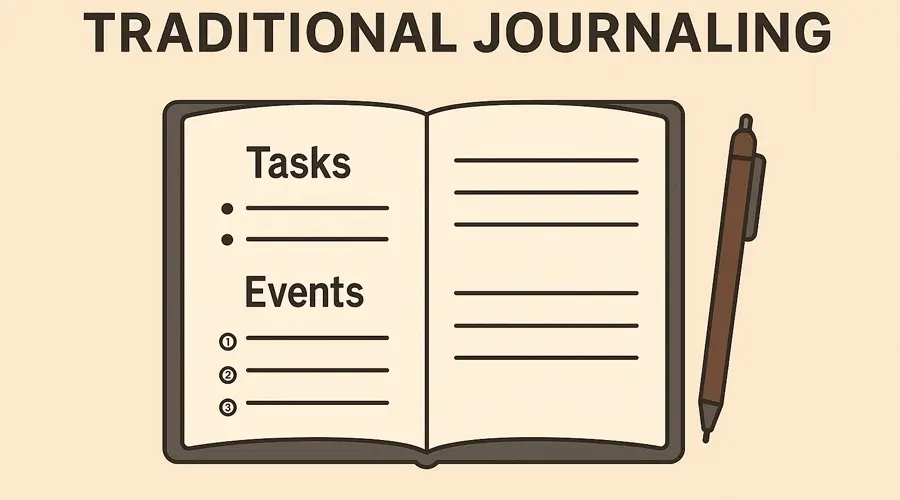
What Is Bullet Journaling?
Bullet journaling is where structure meets creativity—a system designed to organize your life while giving you the freedom to personalize every page.
Created by Ryder Carroll, the bullet journal started as a simple method to track tasks, events, and notes efficiently. But over time, it has evolved into a vibrant, customizable space where planning, goal-setting, and creativity collide.
Unlike traditional journaling, which focuses heavily on emotional exploration, bullet journaling leans toward productivity, clarity, and action. You can create habit trackers, mood logs, goal spreads, gratitude lists—or keep it minimal with just daily tasks.
The beauty of a bullet journal is that it molds itself around your needs, whether you’re a minimalist craving simplicity or an artist who sees each page as a canvas.
At its core, bullet journaling isn’t just about being organized—it’s about designing a life you love, one page at a time.
Key Differences Between Bullet Journaling and Traditional Journaling
While both bullet journaling and traditional journaling fall under the broader umbrella of journaling, they serve different purposes and cater to different mindsets.
-
Structure vs. Freedom:
Bullet journaling offers a structured, intentional framework. You decide what each page should do—whether it’s tracking habits, setting goals, or planning projects. In contrast, traditional journaling flows without a plan. It embraces the beauty of spontaneity, allowing your thoughts to wander wherever they need to go. -
Speed vs. Depth:
With bullet journaling, entries are typically short, quick, and to the point. It’s about efficiency. Traditional journaling, on the other hand, often dives deep into emotions, requiring time, patience, and reflection. -
Visual vs. Verbal:
Bullet journals tend to be visually appealing—filled with symbols, colors, charts, and creative spreads. Traditional journals are primarily verbal, focusing more on narrative, storytelling, and emotional articulation. -
Tools and Materials:
While traditional journaling can be done with any notebook and pen, bullet journaling often invites a bit more artistry—specialized notebooks (like dotted journals), markers, stencils, and decorative elements are common.
Ultimately, both methods are legitimate forms of journaling—the key difference lies in your personal goals and how you want to engage with your thoughts.
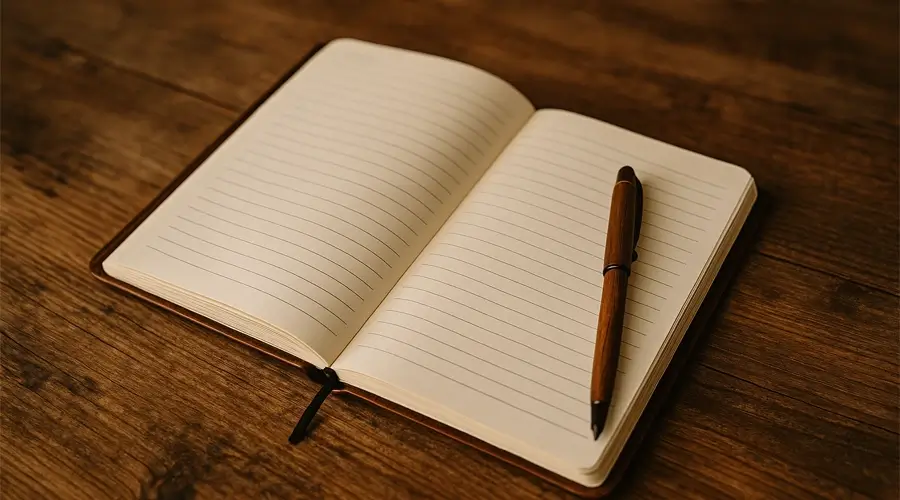
Pros and Cons of Each Method
Choosing between bullet journaling and traditional journaling isn’t about which method is “better”—it’s about what fits your lifestyle, mindset, and goals. Let’s take a closer look at the strengths and potential challenges of each:
Traditional Journaling: Pros
-
Emotional depth: Offers a rich space for self-reflection, emotional release, and personal storytelling.
-
Freedom: No rules, no pressure—just pure expression.
-
Therapeutic effect: Writing freely can help manage anxiety, process emotions, and spark creative insights.
Traditional Journaling: Cons
-
Lack of structure: Without any framework, some people feel lost or unfocused.
-
Time-consuming: Deep reflection often requires more time and mental energy.
-
Difficult to track goals: If you’re trying to measure progress or build habits, traditional journaling might feel a bit scattered.
Bullet Journaling: Pros
-
Highly organized: Perfect for task management, habit tracking, and setting clear goals.
-
Flexible and customizable: You can design each page based on your evolving needs.
-
Visual motivation: Seeing progress charts, trackers, and creative layouts can boost motivation.
Bullet Journaling: Cons
-
Can become rigid: Over-focusing on structure might make it feel like another chore.
-
Time investment: Designing beautiful spreads can be rewarding but also time-consuming.
-
Intimidating for beginners: The artistic side of bullet journaling can feel overwhelming at first.
How to Choose the Right Style for You
The “right” kind of journaling isn’t about trends or what others recommend—it’s about tuning in to what you need right now. Here’s how to figure out which style will support you best:
-
Reflect on Your Personality:
Are you introspective, emotional, and fueled by deep thought? Traditional journaling might feel more natural, giving you the freedom to explore your emotions without boundaries.
Or are you action-driven, love setting goals, and crave visual structure? Then bullet journaling could align better with your need for clarity and organization. -
Identify Your Primary Goals:
If you’re seeking emotional healing, self-discovery, or a creative outlet, the open-ended nature of traditional journaling is a perfect match.
But if your focus is on tracking progress, improving habits, or staying organized amid a busy life, bullet journaling offers a more results-oriented framework. -
Consider Your Lifestyle:
Limited on time? Need quick, efficient entries? A bullet journal with simple daily logs might fit your schedule better.
Have more time for reflection and a love for storytelling? A traditional journal can be your sanctuary. -
Give Yourself Permission to Experiment:
You don’t have to pick just one. Try both for a few weeks. See which practice feels more authentic—and remember, your journaling style can evolve as your life does.
Can You Combine Both? (The Hybrid Approach)
Absolutely. Journaling isn’t a rigid practice—it’s a living, breathing reflection of your life. And sometimes, the best method isn’t choosing between bullet journaling and traditional journaling, but blending the two to create something uniquely yours.
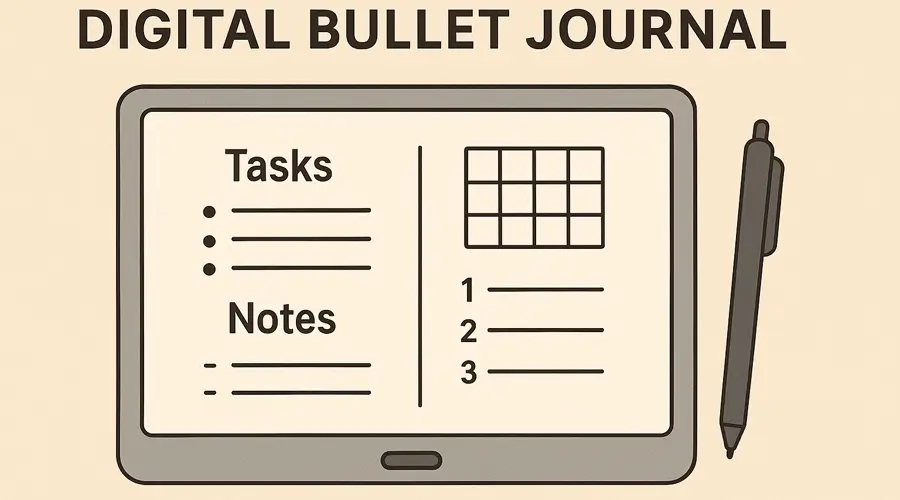
You might keep a structured bullet journal for your daily tasks, habit tracking, and goal planning—while also reserving a few pages for free-flowing emotional reflections when you need to clear your mind or process a challenging day.
Or maybe you start each week with a creative layout (think mood trackers, gratitude spreads) and finish with traditional, unfiltered entries about your thoughts, feelings, and growth.
By mixing both styles, you give yourself the gift of structure and emotional freedom. You stay organized without sacrificing the healing power of honest self-expression.
The hybrid approach isn’t about doing it perfectly—it’s about doing it your way, honoring all the different sides of who you are.
Ready to start your personal journaling journey? Download VERBOAI today and turn your thoughts into powerful reflections—one entry at a time. Your story deserves to be written.
Conclusion
At the end of the day, journaling isn’t about choosing the “right” method—it’s about choosing yourself. Whether you find comfort in the emotional depth of traditional journaling, thrive under the structured creativity of bullet journaling, or discover a hybrid style that feels perfectly balanced, what matters most is that it serves you.
There are no rules here, no rigid expectations—only opportunities to listen, reflect, and grow. Your journal can be a quiet companion during turbulent times, a roadmap for achieving your dreams, or simply a snapshot of your everyday life.
Start where you are. Experiment, adjust, and create a practice that feels natural to you.
Because when it comes to journaling, the best method is the one that keeps you coming back, page after page, discovering a little more about yourself each time.
